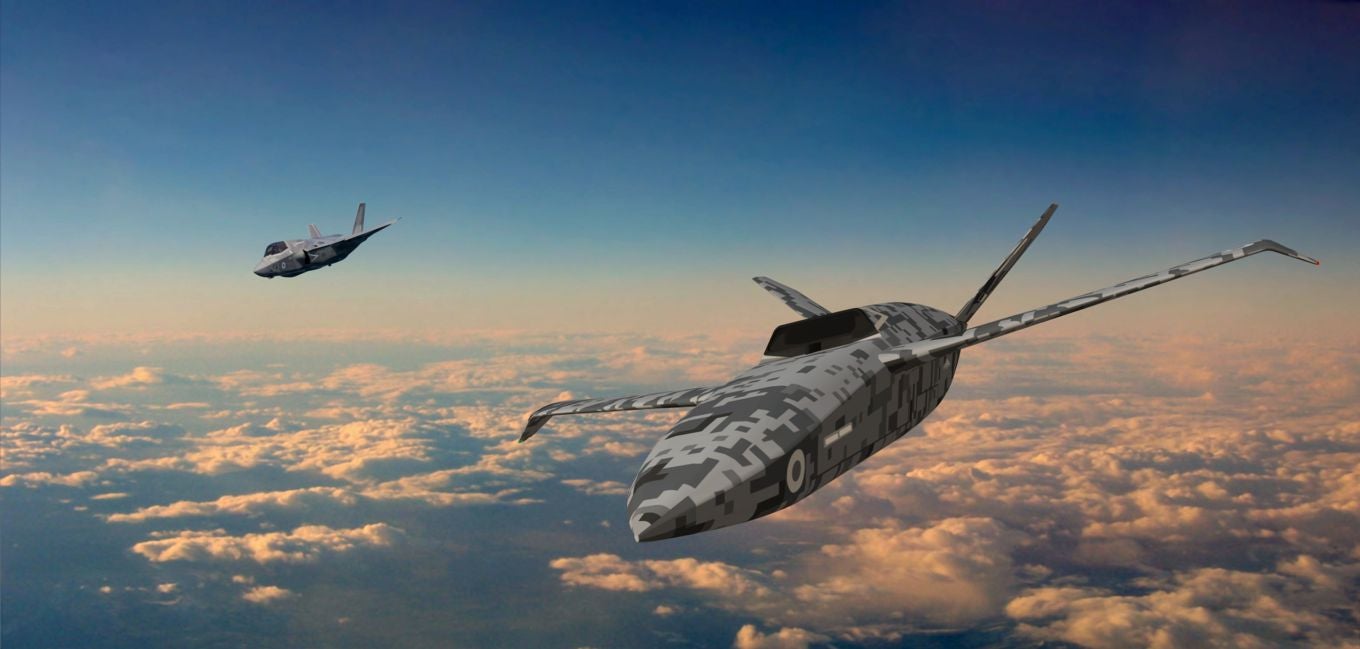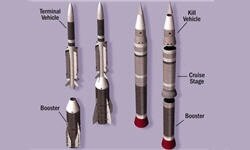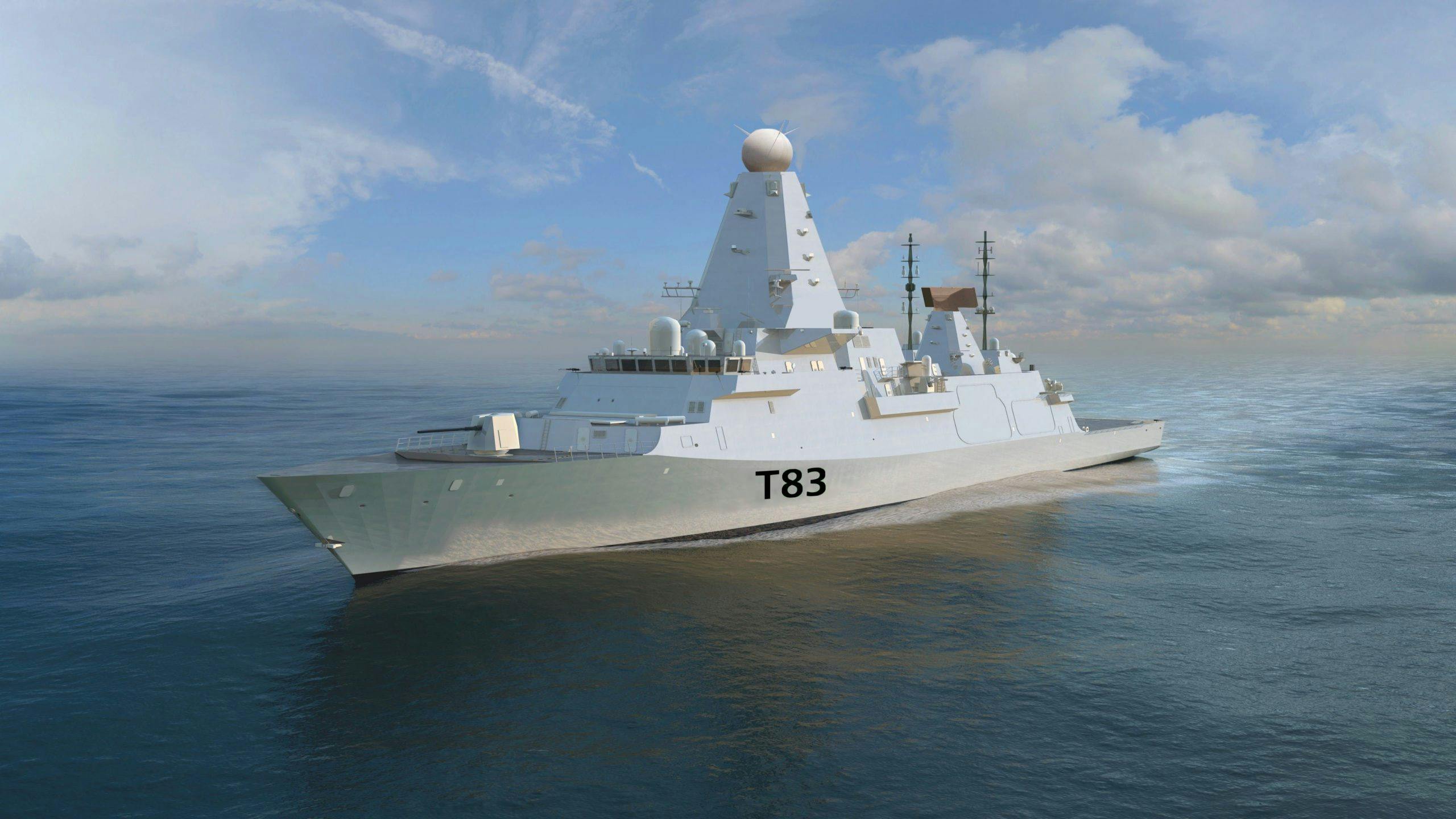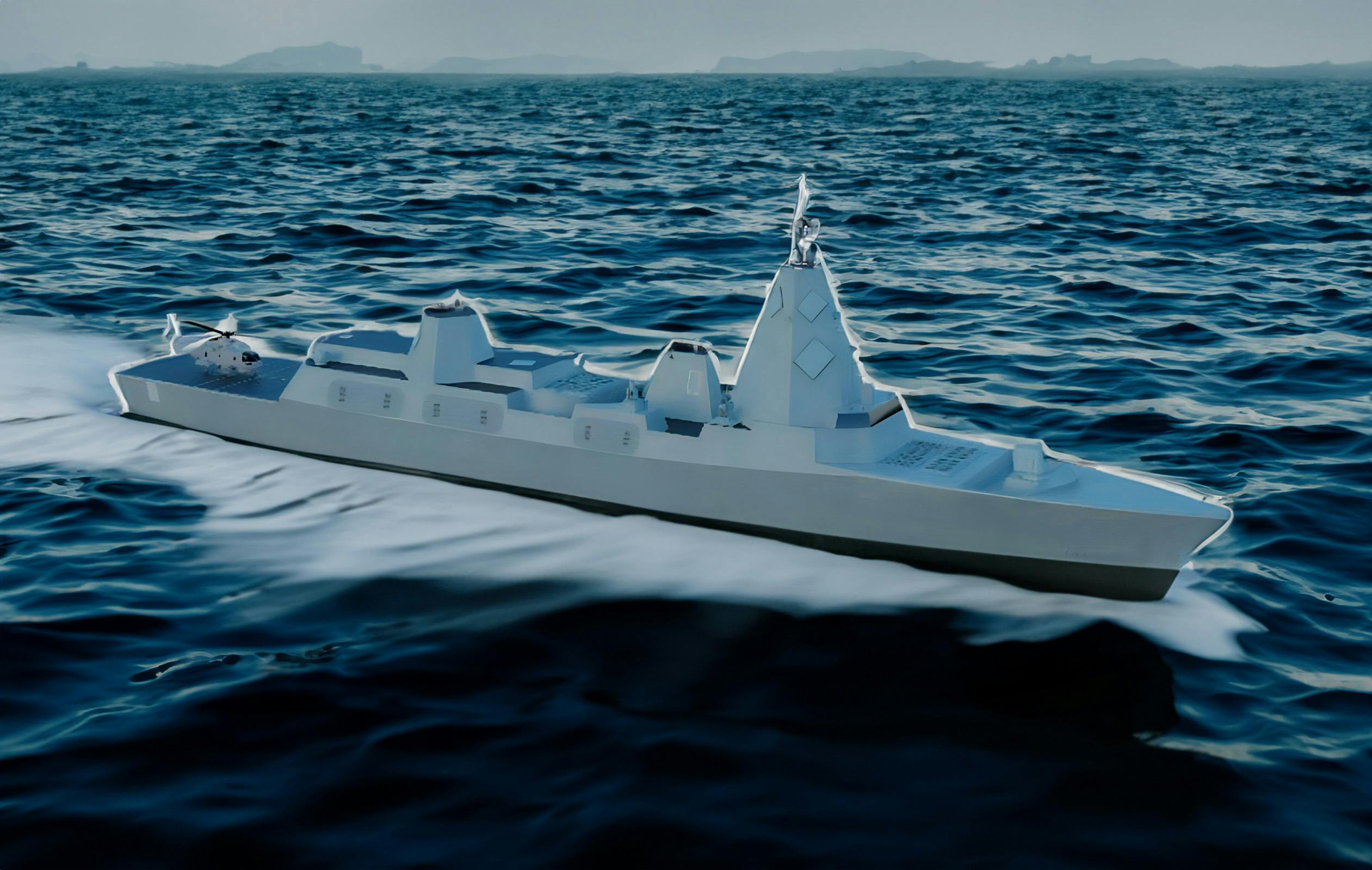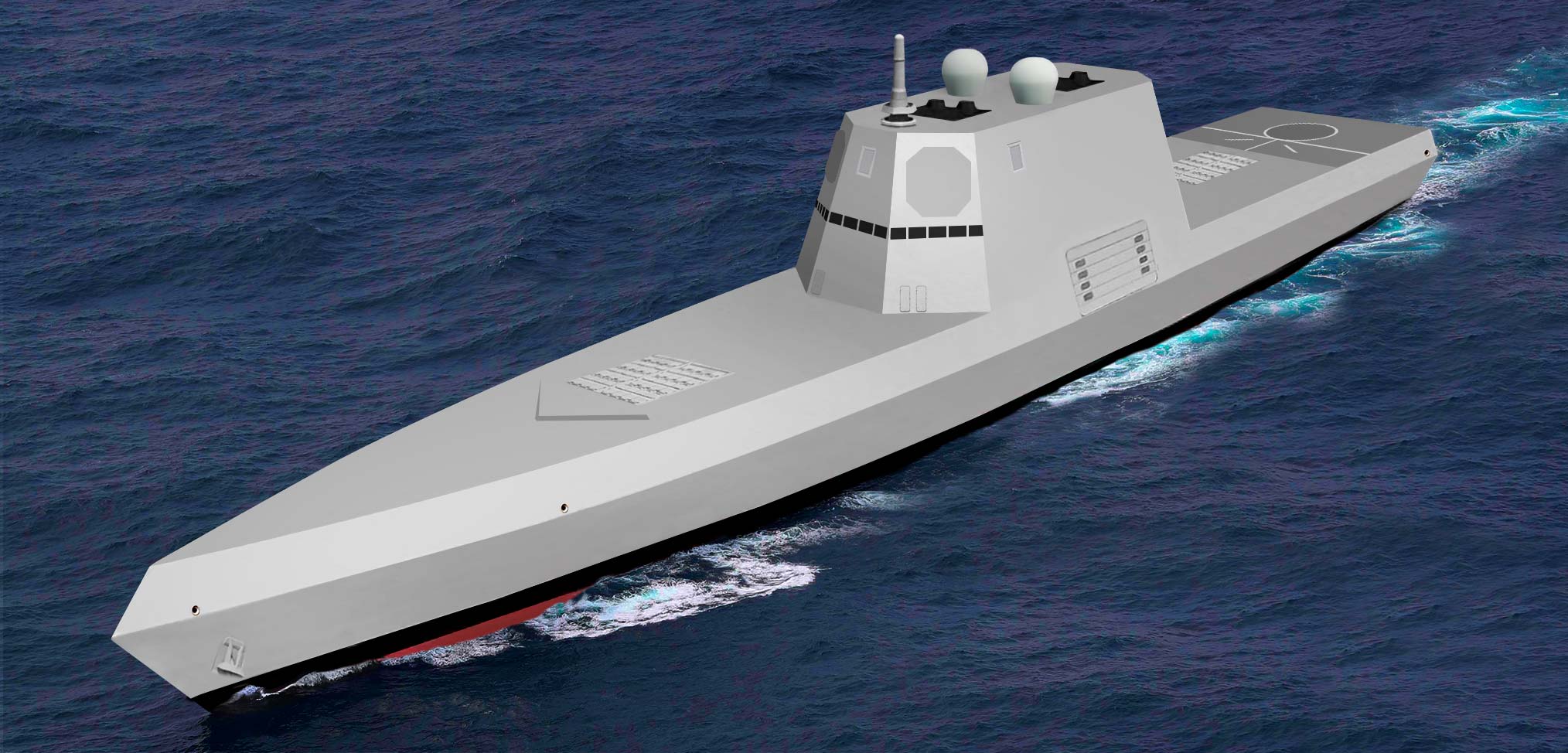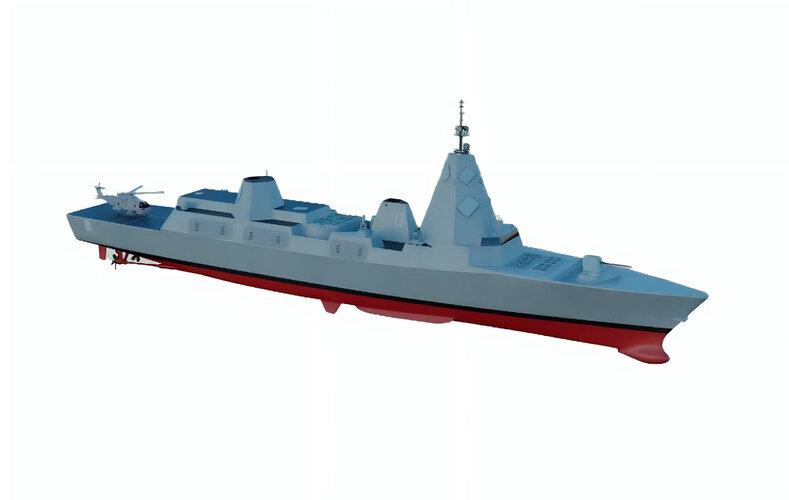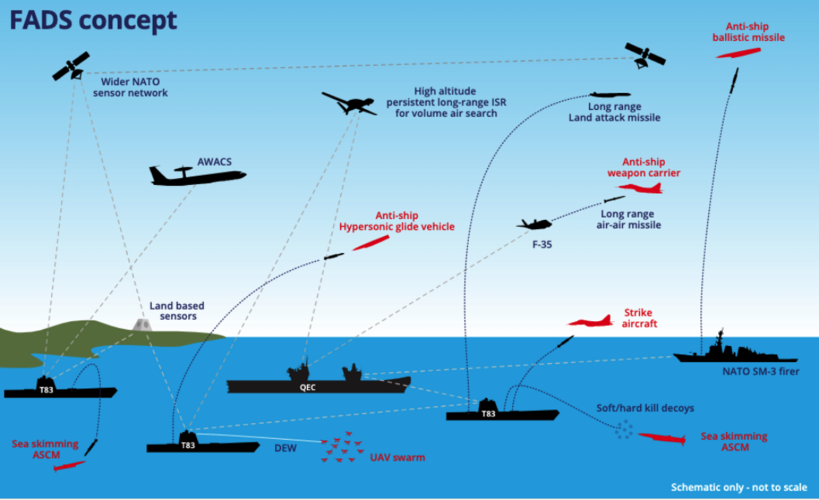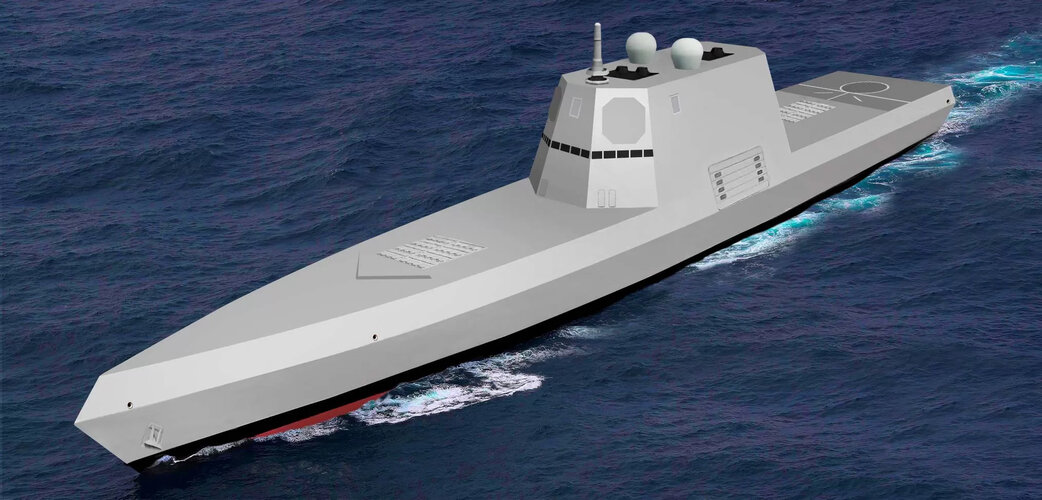Airplanes can be sold with relatively minor modification by forcing something down someone's throat. This is how the UK sold Typhoon, Tornado, and JSF to the Europeans.
FWIW, international programs likely incur have penalties, not savings, with respect to cost. Any minor savings in unit cost from larger orders is more than offset by the need to accommodate various differing standards (and the unfortunate problems and complications of "work-sharing"), assuming those can be accommodated at all. The last time the UK tried to cooperate with Italy on a common warship design it resulted in two different ships: the Horizons and the Darings. There's no reason to expect any different with Type 4X/Type 83 and whatever will replace the FREMM.
Very likely the UK will simply make the ship on its own. Its proven it can do this fairly consistently so there's no particular reason it won't be able to do it again at the moment.
The absolute best outcome of course would be that everyone simply makes their own things for their own use, as Sweden did for decades, and Italy attempted to, but that is probably not possible anymore, unfortunately. Thus international cooperation in weapons development is something of a necessary evil and should be avoided at all costs when it can be, not sought out as some panacea, as it more often than not results in the very problems it purports to address.
Naval platform are more more easily adaptable to different systems than aircraft platforms, that means you can share the platforms development cost if you only can agree on some broad common requirements. The FREMM program is basically two quite different class of ships each with multiple subvariants still having a common platform. Nations part of the same alliance, with a common command structure, the same foe and lying in the same continent are highly unlikely to have objective operational differences resulting in radically different requirements for the major weapon systems. Much more pressing in making the cooperative efforts often ineffective is the legitimate interest in promoting and defending the national military industry, it's a difficult ballance between two contrasting conditions of a country's military credibility: the need to have a sovereign weapon industry and the need to have up to date weapons requiring level of investment too much great for the middle powers like the european ones to be taken alone.
None of that is really true at all, except that cooperative efforts undermine national interests and sovereignty in the realm of defense industries.
FREMM and Type 45 come from the failed NFR 90, which never was able to resolve its problems due to mutually exclusive design preferences of the partner navies.
This is probably less noticeable for various air forces within NATO, who operate to common standards and languages (as does the aviation industry at large, to a lesser extent), and when the weather really isn't much different from Gibraltar to Orkney in terms of flying, except there might be a few more clouds now and again in the latter. Warships OTOH almost invariably flounder outside of extremely limited mission sets, or more or less ignored ones, like the Tripartite minesweeper. Even then the Tripartites were intended to operate within the same sea and geographic locale, so it's not as much of a difference as you'd think.
There is no real balance, except for the perceived political need and actual fiscal support. International cooperation is one or two steps away from non-existence, or subservience to nearby regional economies. It's less a contrast and more a decline that can either be allowed to continue to its natural conclusion, as has occurred already in France where their armored fighting vehicle industry is being subsumed into the greater German AFV production industry, or arrested and restored, as was the case with the Japanese military-industrial firms such as Howa, through the 1970's.
To arrest the decline and extinction of local military-industrial firms you have to subsidize them through periods of famine with a bit of busywork. If you don't do this it will wither and die, and either need to be regenerated ex nihilo (usually bad) or subsumed by foreign investors and interests (always bad). You can see the results of such atrophy in the United States Navy and its inability to produce a new hullform to replace the DDG-51.
The vast majority of barriers to a healthy military-industrial, and indeed local industry, are perceived rather than actual. There's no real need for international cooperation, it is generally bad for industrial and political sovereignty, and it generally means that one large regional economy emerges as the dominant partner outright.
You could fund the subsidies of local industries through major import taxes I suppose and that would probably arrest the decline and buoy local industrial concerns, assuming there are any to be buoyed in the first place, but import taxes probably aren't enough to rejuvenate an industrial concern from nothing. You'd be looking at pure import substitution like was done by the Asian Tigers in the 1970's and '80's to rejuvenate from nothing, and that brings its own problems which can be ironed out with time and relearned experience.
But once you start relying on and arguing that international cooperation is "necessary" you're pretty far down the road of deindustrialization of whatever portion of the economy is being discussed.
At that point you're better off turning off all international cooperation, subsidizing local industry with whatever you have left (for instance, Rolls would be a lot more effective if they were incentivized to produce turbines for all UK domestic gas turbine power needs at the expense of GE or something; ditto SNECMA in France etc.), and waiting a few decades of sustained and appreciable subsidy to rebuild your local industry. The part where modern democracies tend to fail is that they never have stable leadership over a period of time necessary to actually develop major industries (or at the very least, a stable industrial policy), Korea and Japan aside, and potentially France. Which is probably why they tend to deindustrialize instead of maintain industrial leads. And why international cooperation in certain industrial sectors is so popular a bugbear, despite its perniciousness.
It's not a very popular idea in Europe but every European country would be better off, in terms of political-economic sovereignty, if they focused on their domestic markets to the exclusion of international cooperation. Import substitution for a defense industry should be a major priority for every country seriously interested in its own defense, for example. But a lot of European countries are fine being associate or vassal states of America, and America is probably the least bad imperial ruler in the world today, so I guess they're kinda stuck with what they have except for a couple niches they've carved out that America simply can't budge them on (UK's naval construction, Germany's AFV production, Turkey's burgeoning domestic UAS and PGM industry, etc.).
Most of this comes down to the fact that defense industries are basically inverted in how they work from something like buying a car or a new television.
Despite what modern Parliaments and economists will tell you, you're not "shopping for a fighter jet". You're trading real political and economic clout in favor of vassalage. You might buy F-35, but that's going to tie your hands in other areas as Turkey found out. Or you can forgo F-35 and make a new thing like Germany and France want to. Or you can buy F-35 for now, but have a backup plan, like Korea, UK, and Japan do. Instead of being bribed by Lockheed, Lockheed is now tying you at the hip to the American military-industrial, and by extension the political-military, apparatuses. You buy F-35? Okay, come with us to this far off war. Or don't buy this particular thing. Or don't trade with these particular people. Or we're going to cut you off from F-35.
Well, America doesn't really do that, at least not yet, aside from Turkey.
With a domestic industry you avoid this somewhat Faustian bargain at a minor expense of needing to subsidize a company every couple of years to keep them afloat. It doesn't seem to bother Japan. Not sure why it would bother any other "middle power" like France, Germany, or the UK, except that the former has a sound and rational economic policy that has been stable for the decades because the same party has consistently won elections over and over, and the latter three flip flop on major policy decisions every 10 or 5 or 2 years when a general election comes up.
So the UK didn't force anything on Eurofighter partners.....save the forcing of Germany politicians to back their own industry.
Italy is no slouch in a variety of aerospace areas.
Yes, Italy owns a lot of patents through a variety of European corporate mergers. It doesn't mean they can make their own aircraft.
Typhoon, Tornado, and Harrier are British fighters. JSF is more generally Anglo-American.
The last Italian military jet built was the Fiat G.91. Everything after G.91 has been Italy buying things from the UK or USA, or modifying designs thereof. Japan has far more substantial aviation experience than Italy. Which is why they're going ahead with their own 5th gen while Italy is still deciding how many JSFs it really wants.
Italy has a far more substantial naval industrial base than aviation, and about all it can make there is something roughly comparable to the Invincibles.
Predictably, any Italian assistance offered for less than zero cost with regards to Type 83 will go nowhere. Considering the UK can make something more akin to Kitty Hawk, it really doesn't need, nor want, Italy's help in shipbuilding. On the other hand Italy has a lot more to gain by offering something to sell to the UK.
At the moment Europe is divided into four, possibly five, major military-industrial blocs in the naval realm: France and Italy, Germany, and Britain, Spain, and potentially Turkey. Germany, Britain, and Spain can do everything by themselves basically, to lesser or greater degrees. France and Italy sort of bounce off each other because they share an ocean. Turkey might be forced to grow a naval industry because it's being ostracized, or it may merge with the Franco-Italian maritime industry.
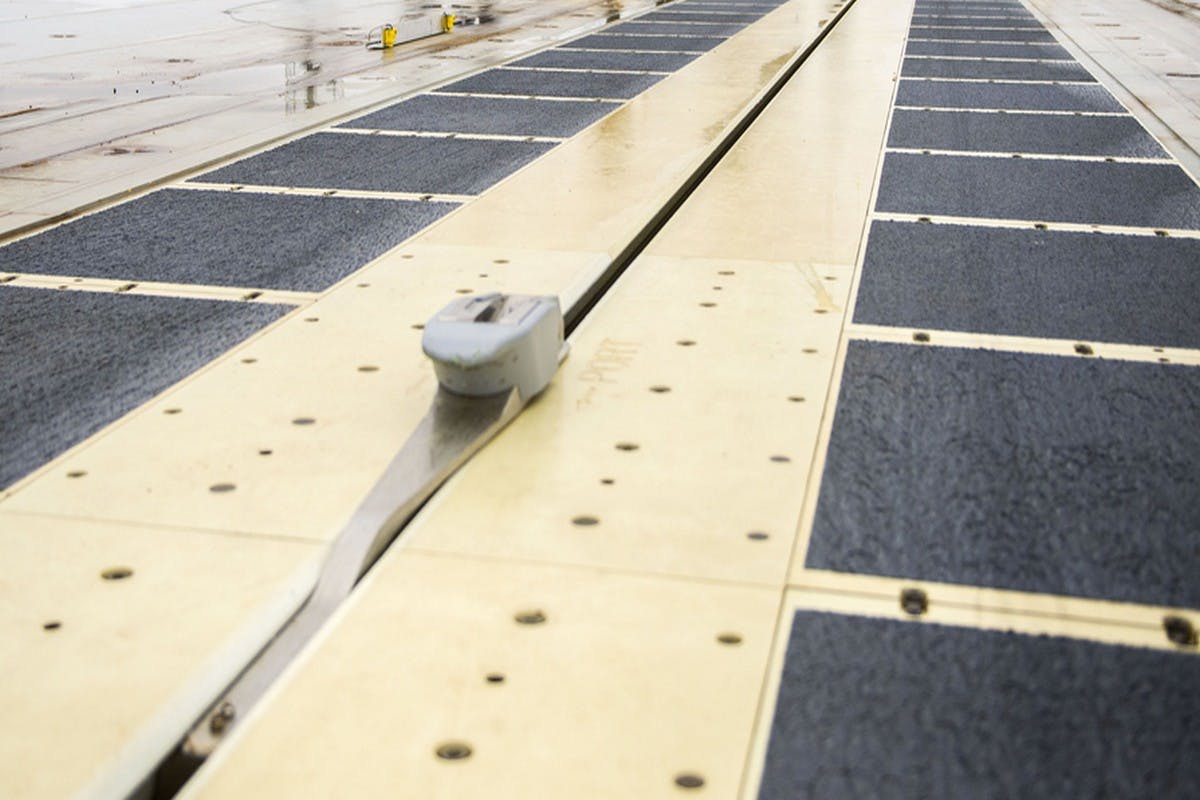
ukdefencejournal.org.uk

